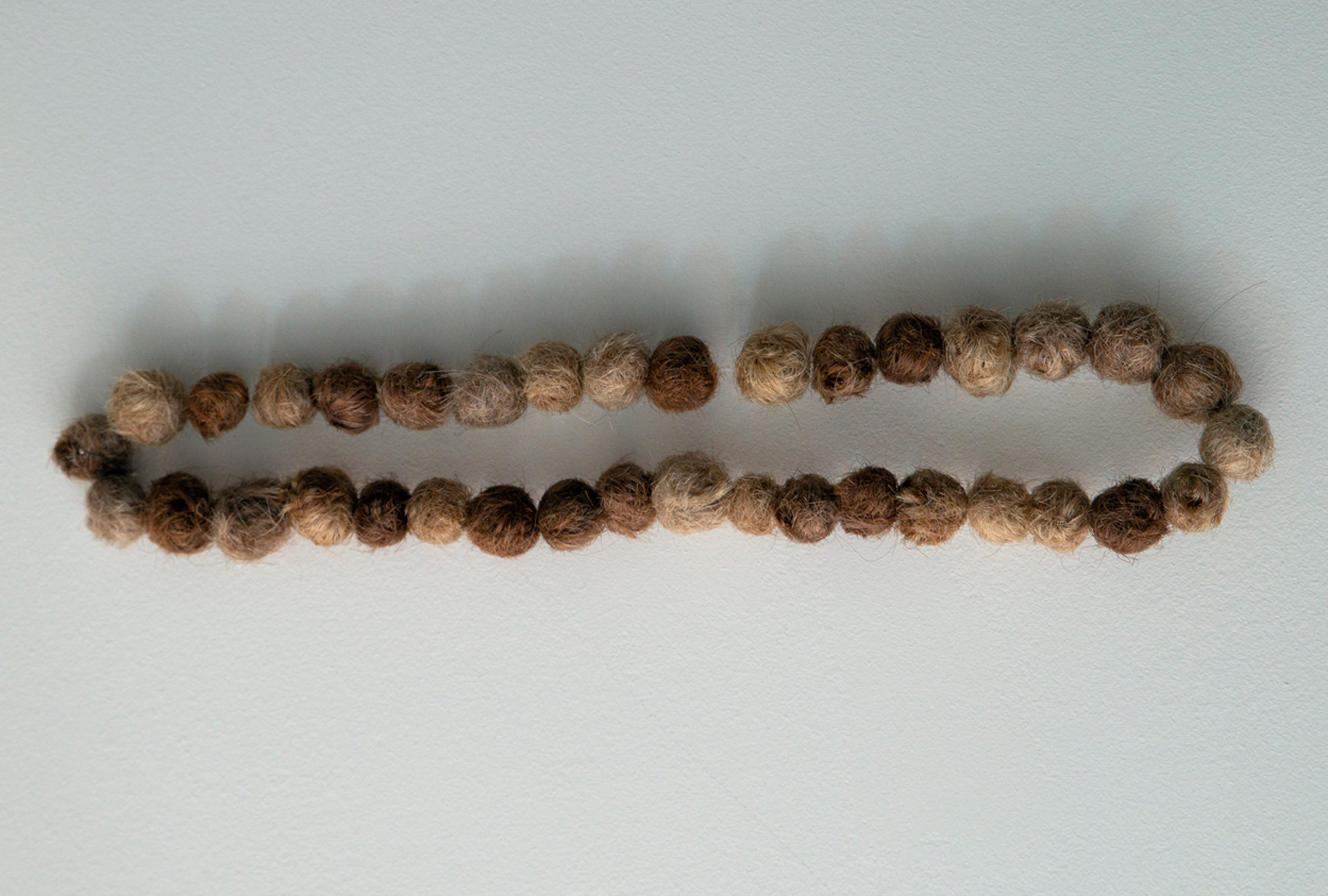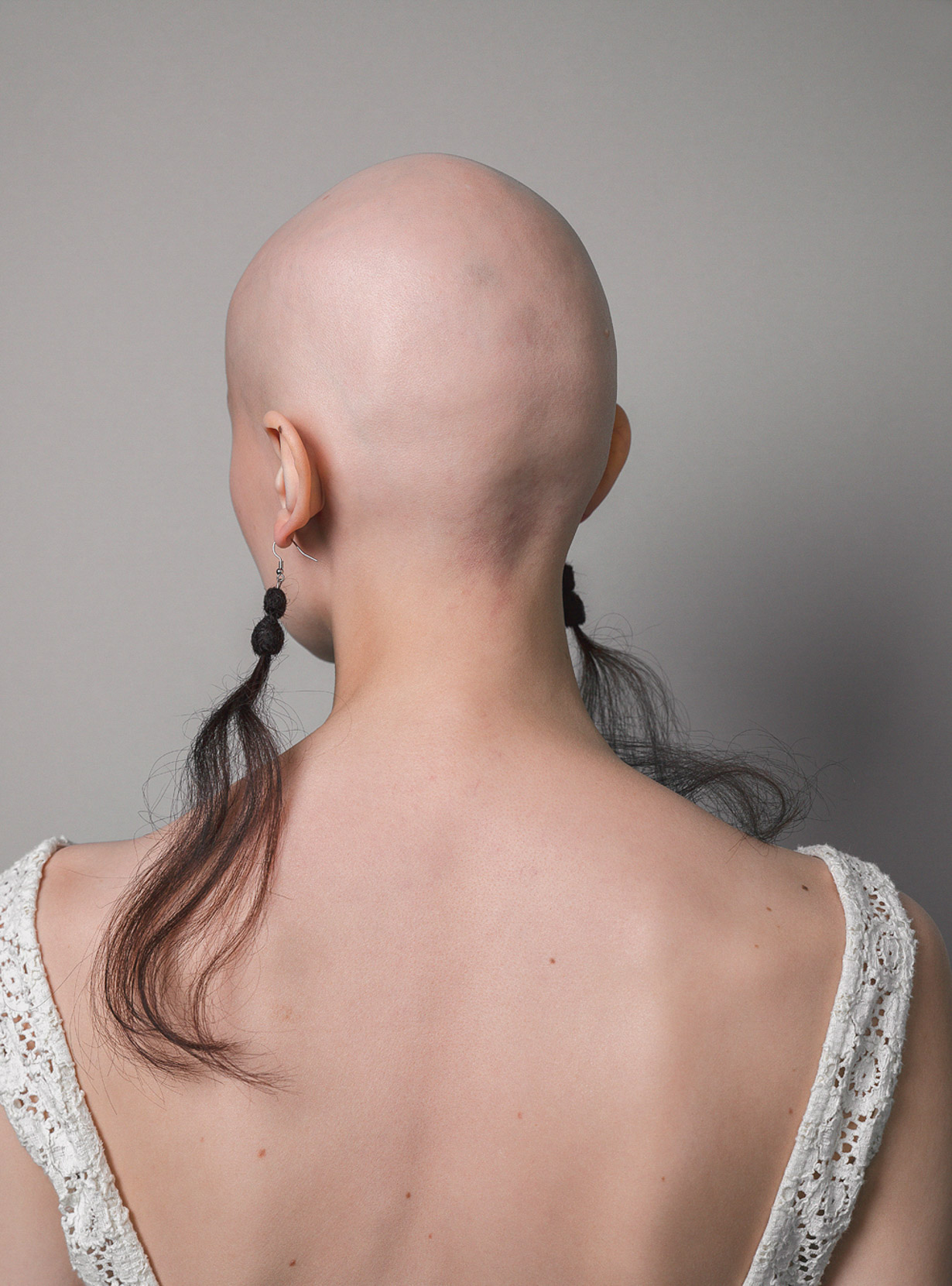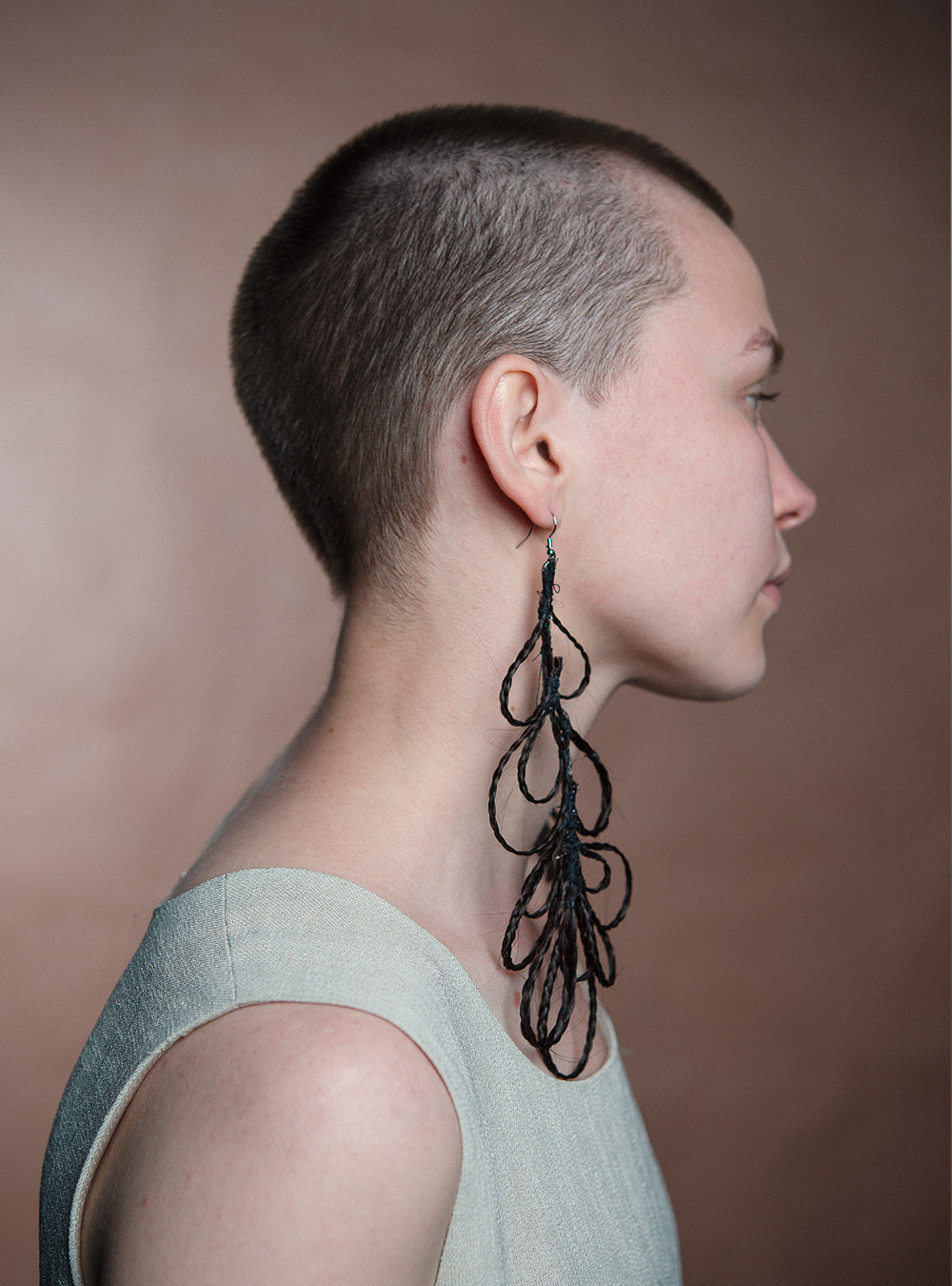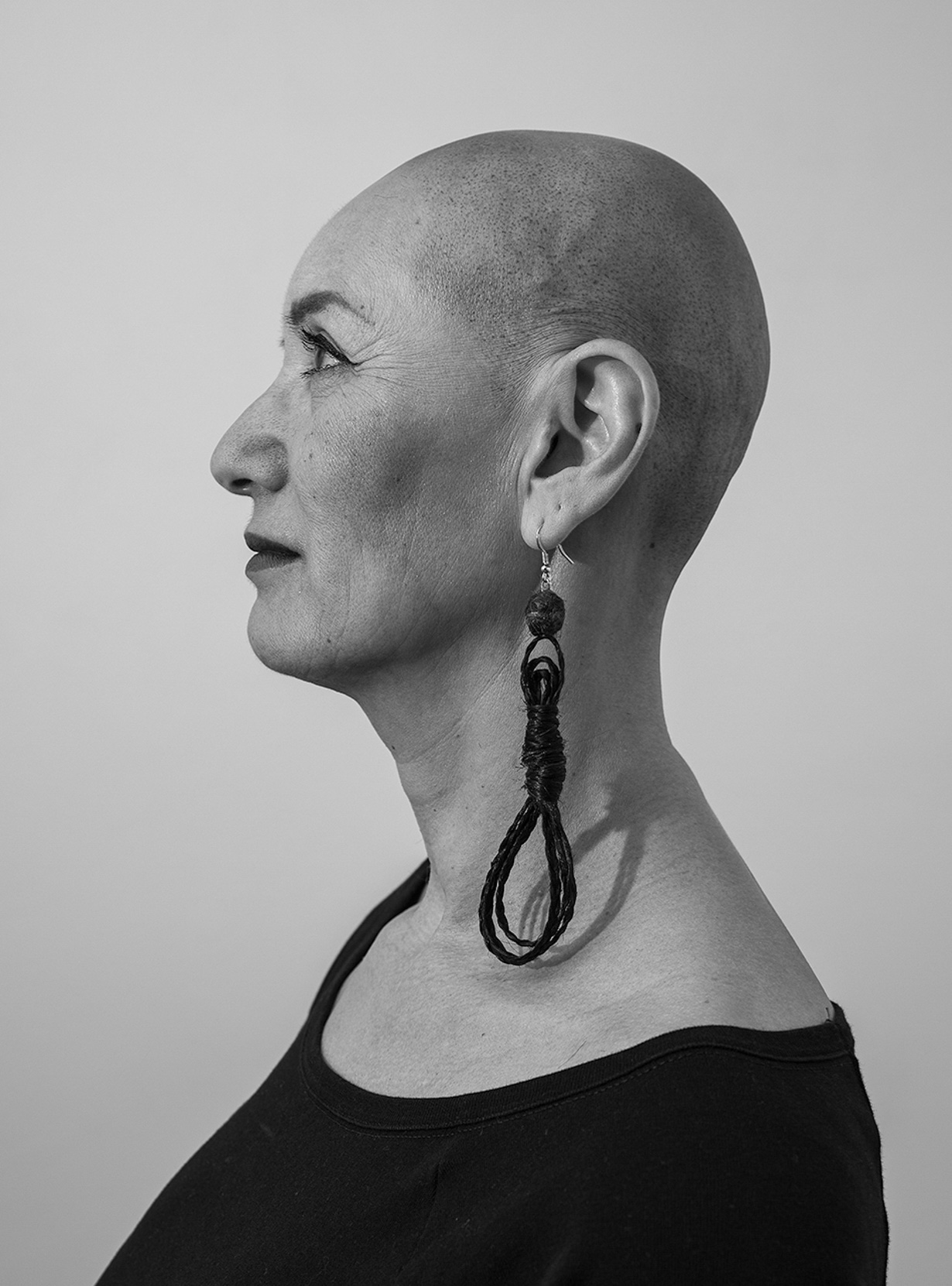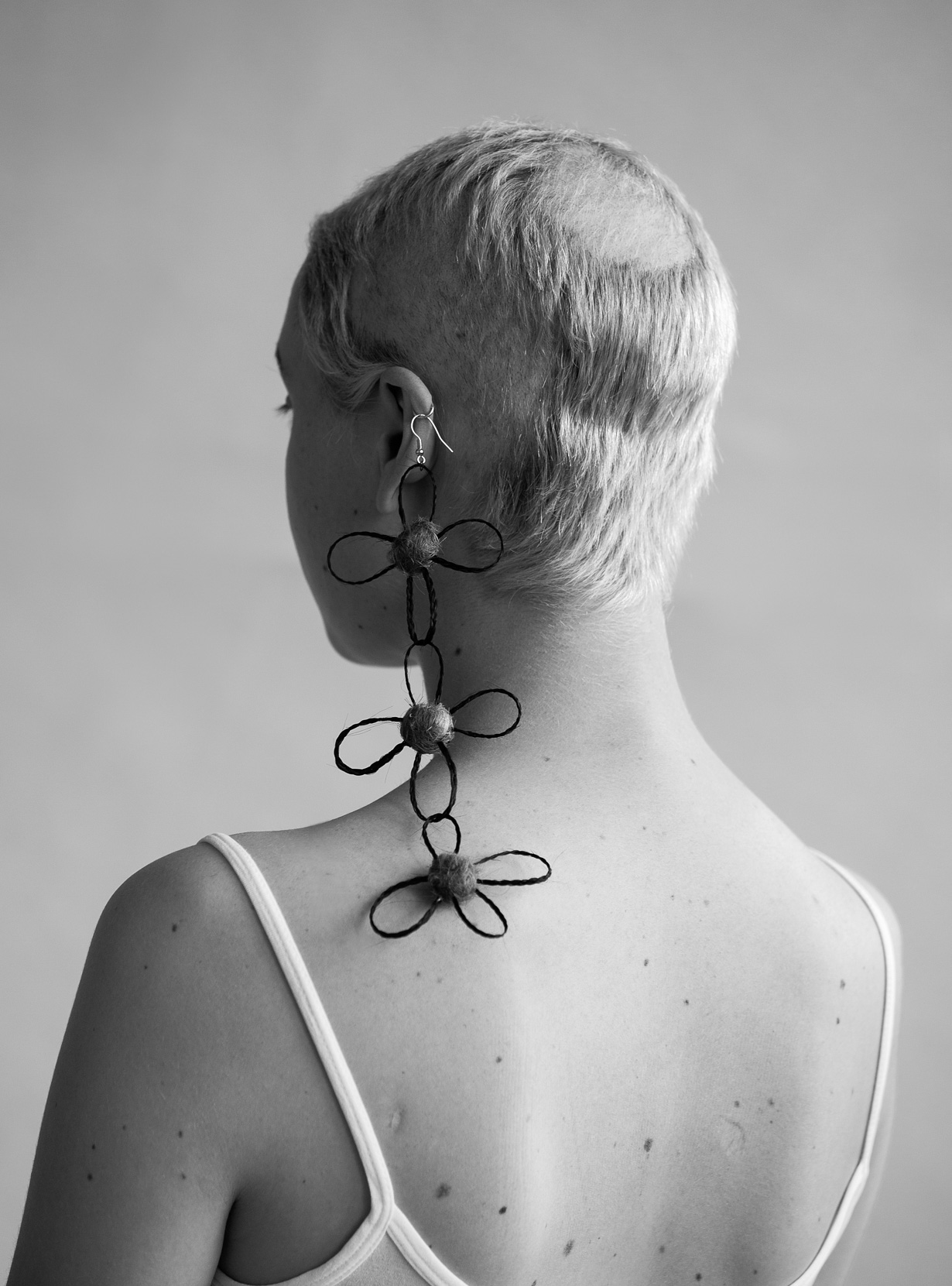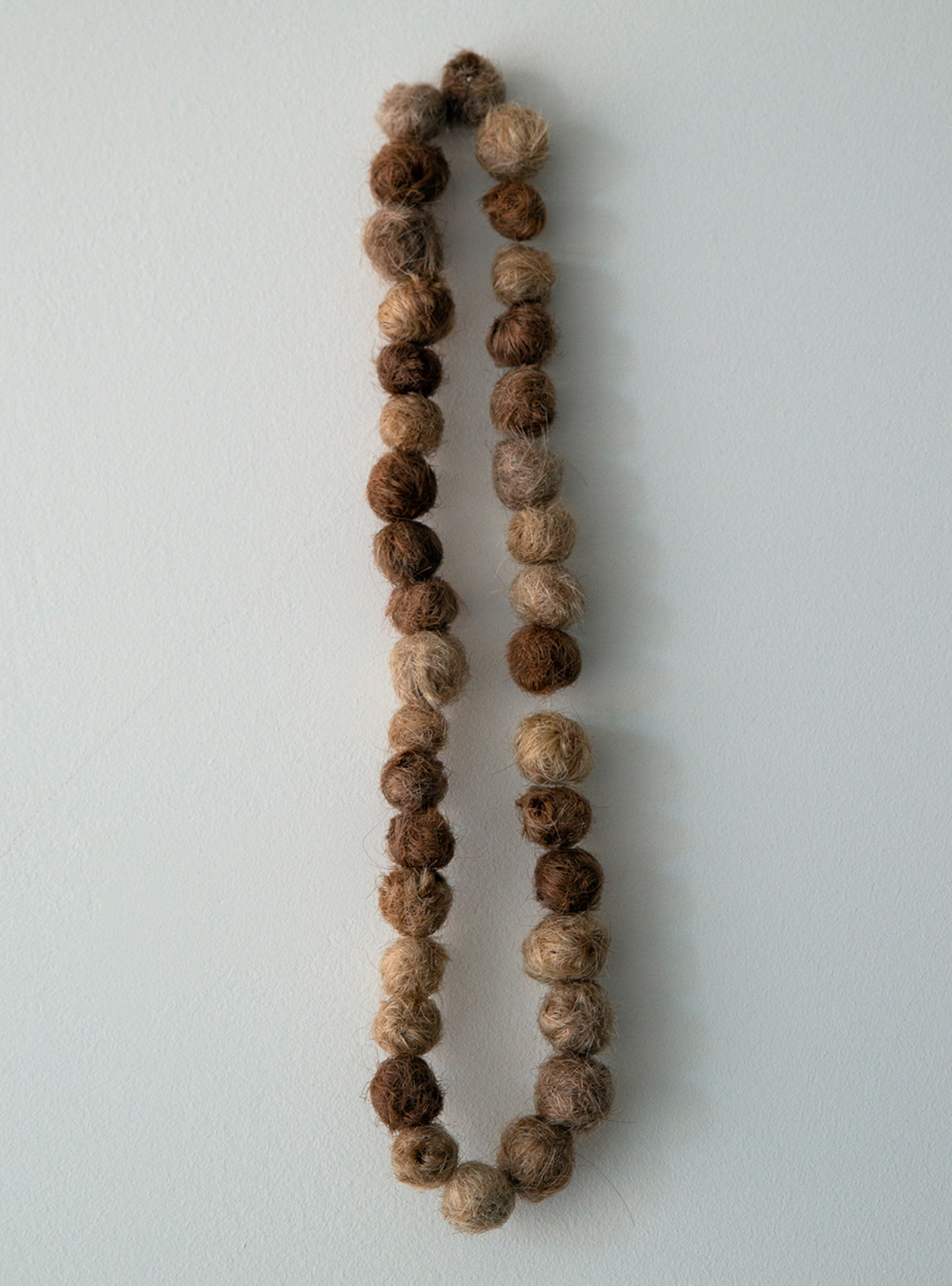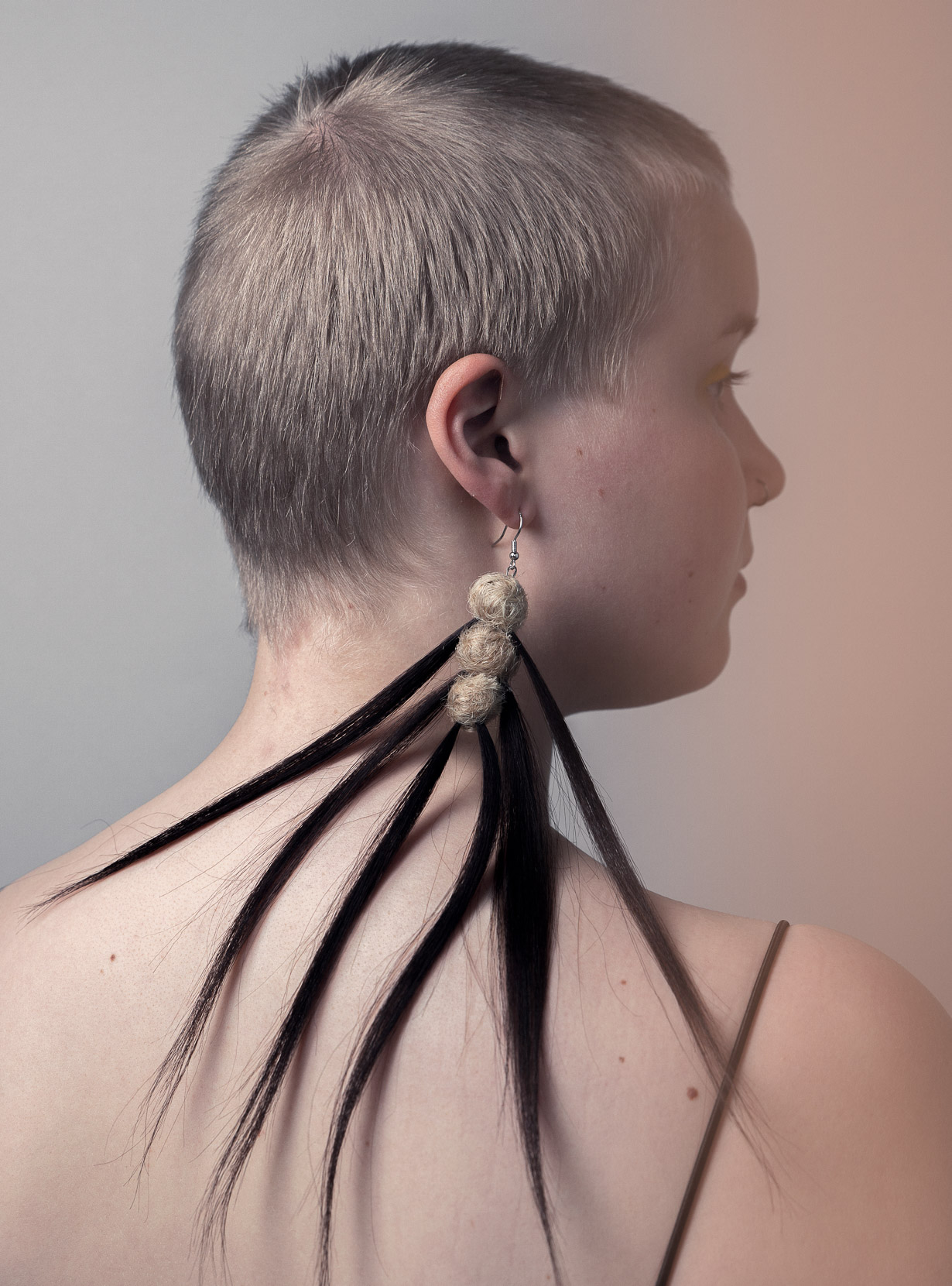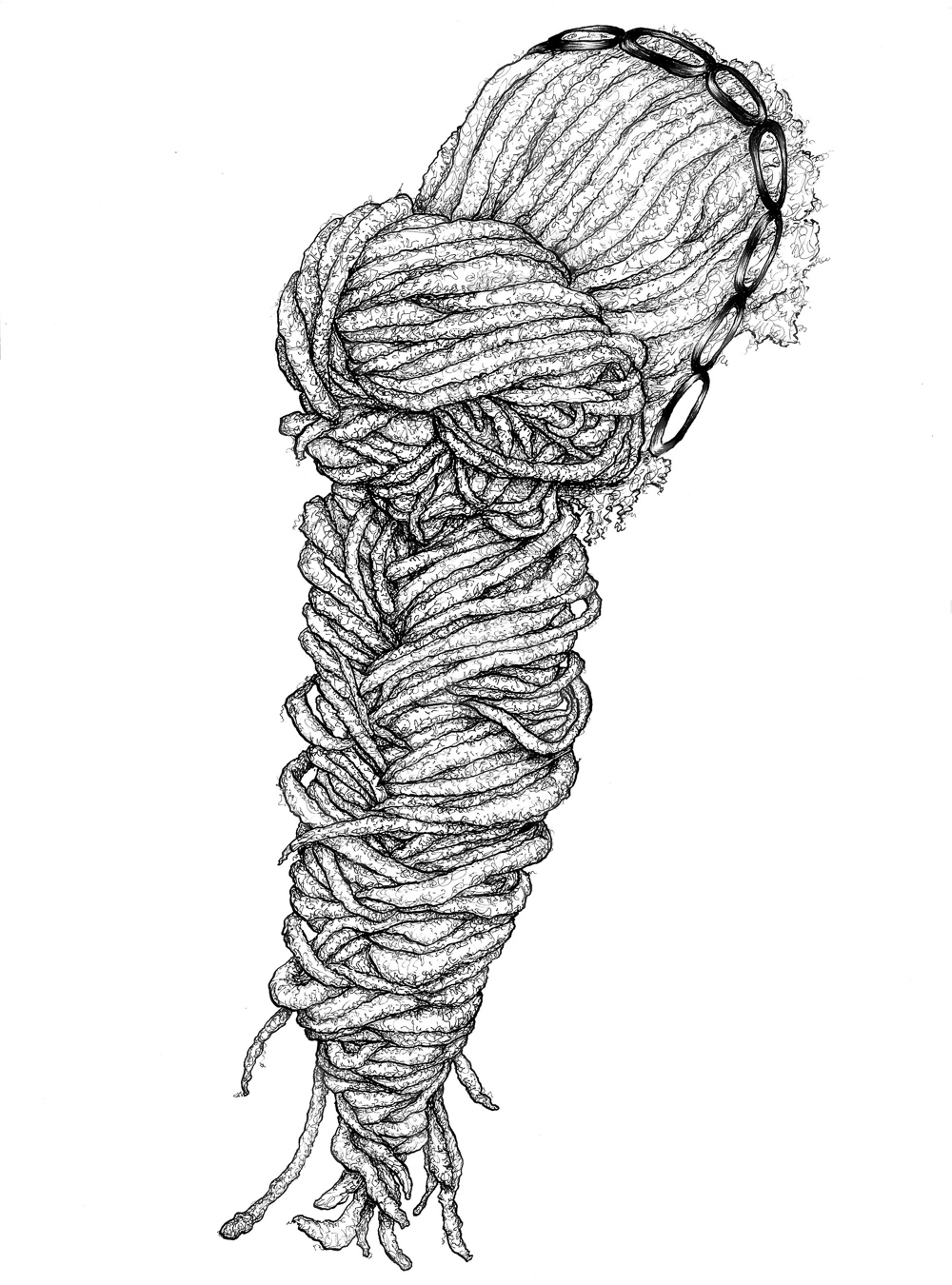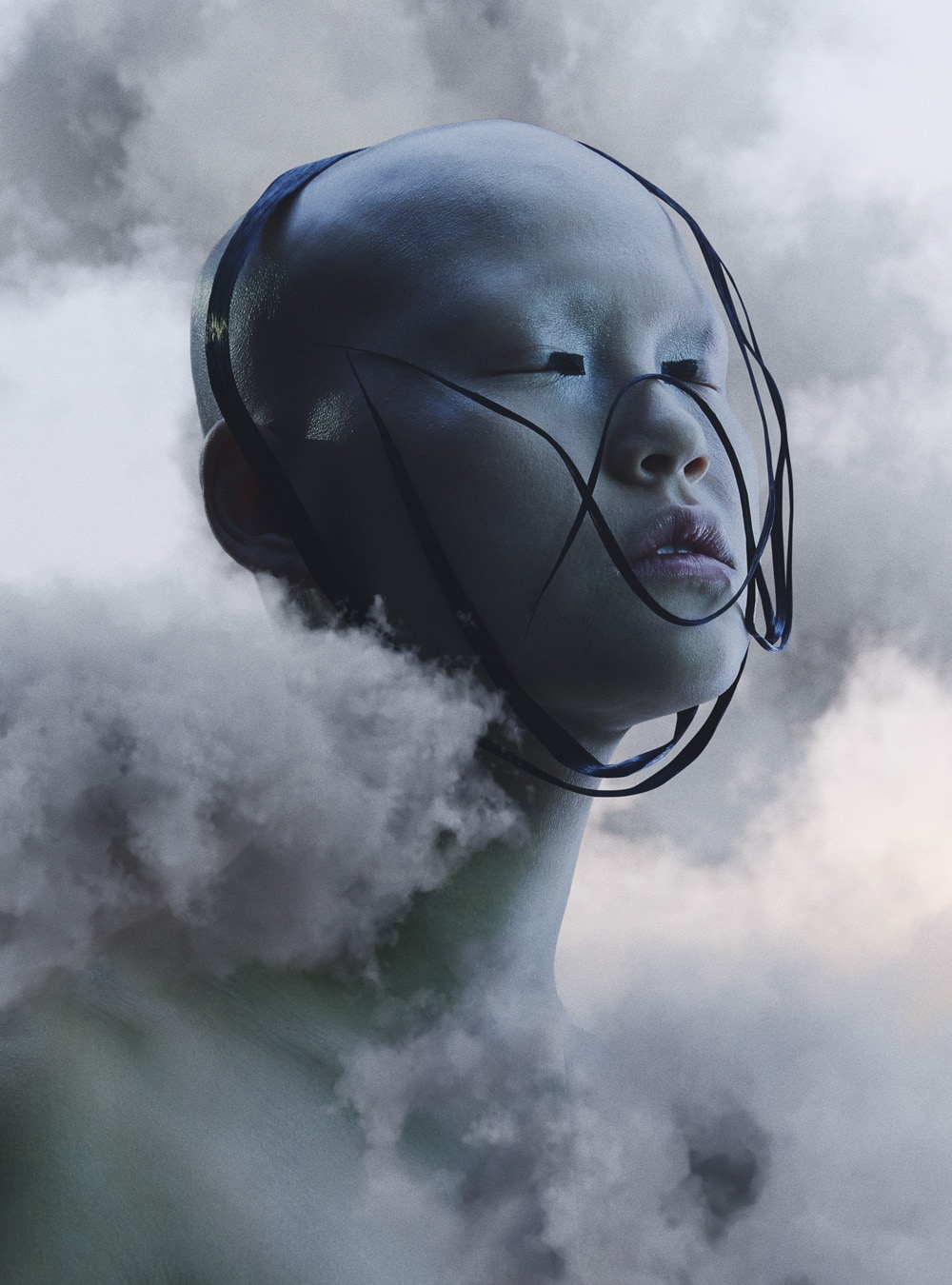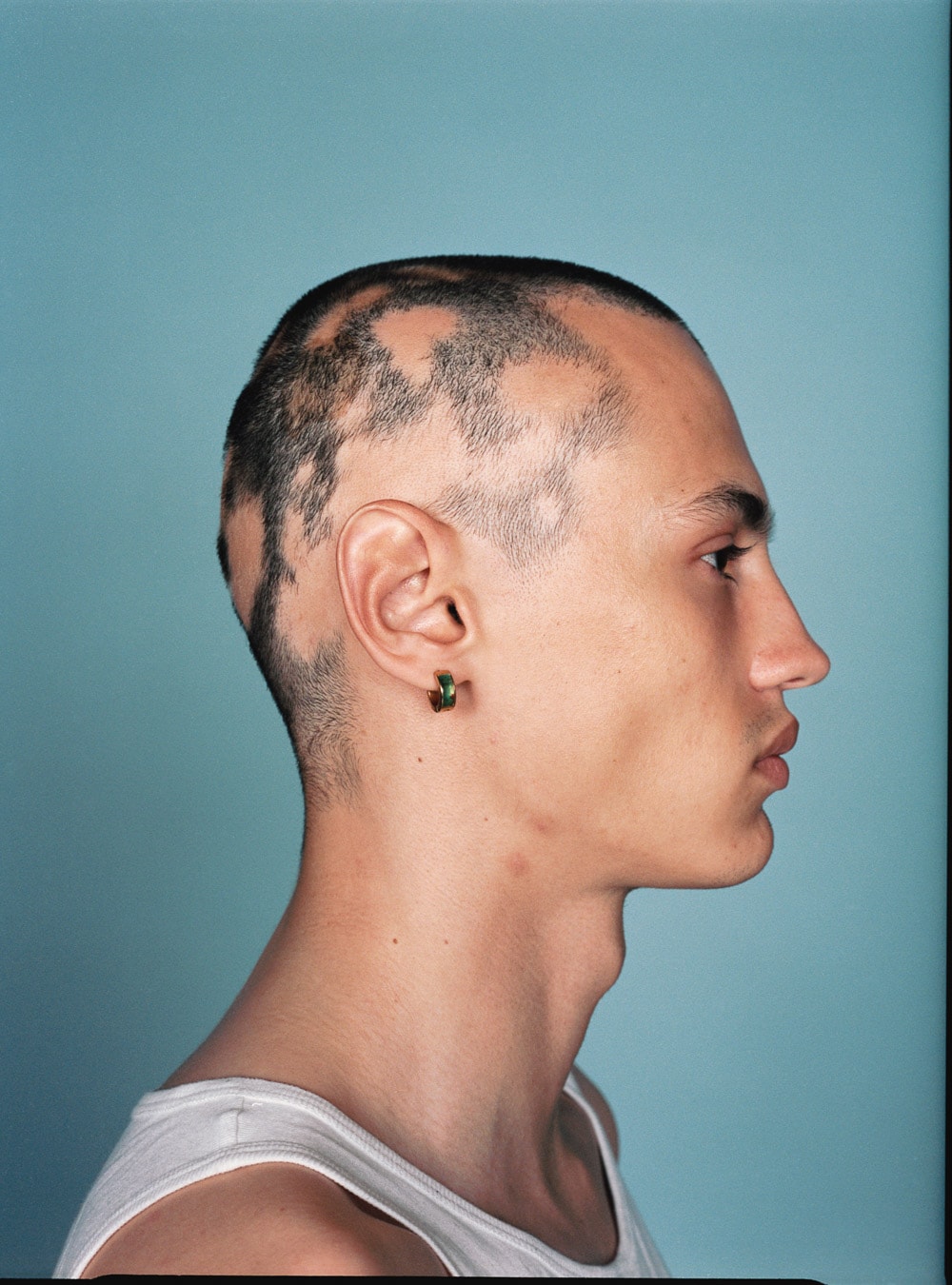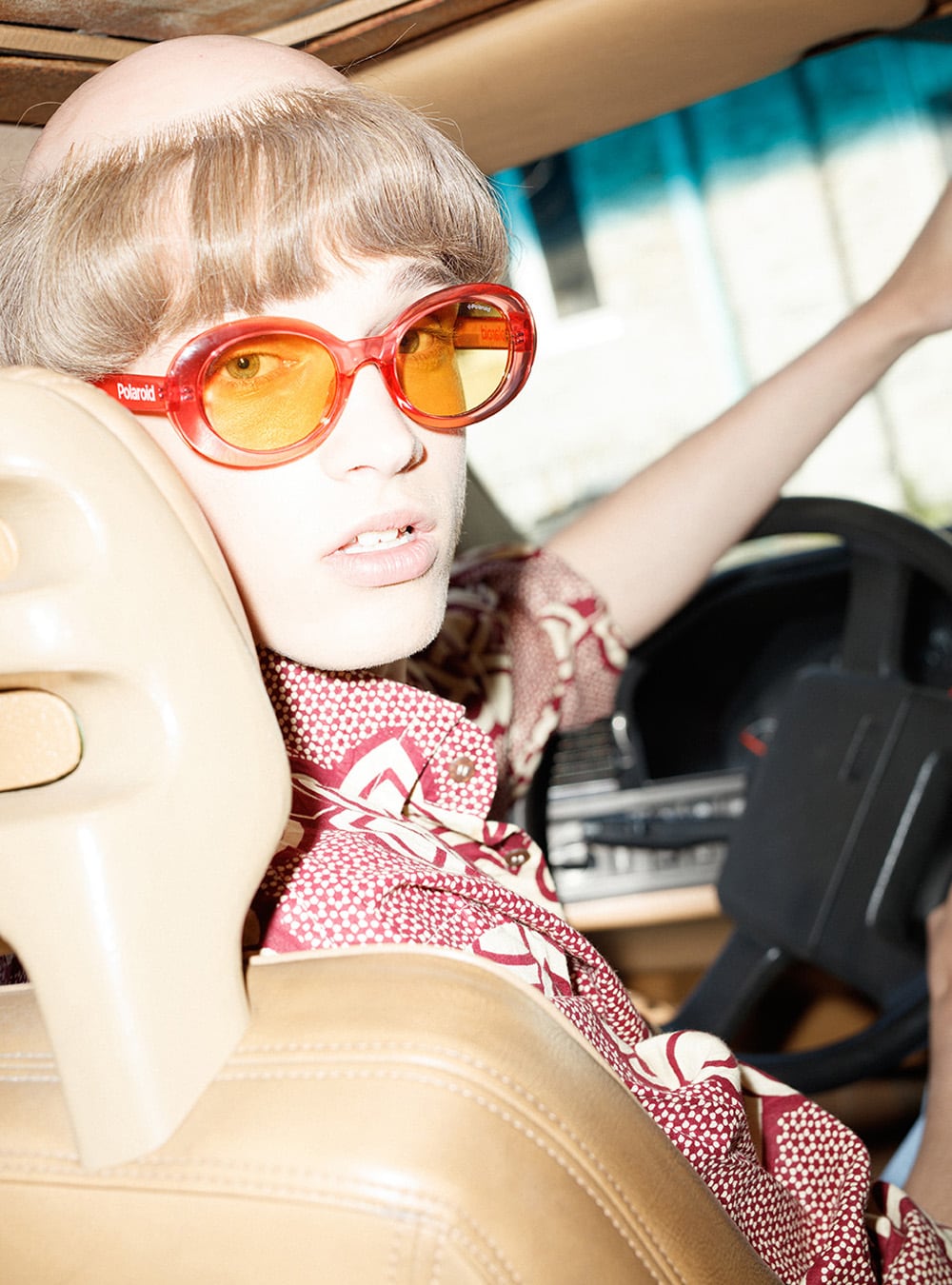- Hair is my gift to you
- Hair is my gift to you
- Hair is my gift to you
ART + CULTURE: Artist Lumi Tuomi crafts intricate human hair jewellery to raise awareness around alopecia
Photography + Jewellery: Lumi Tuomi
Interview: Katharina Lina
In 2017, artist Lumi Tuomi revealed on an Instagram post that she has alopecia and took that opportunity to start having open conversations around the autoimmune disorder. For years she felt ashamed and lonely while keeping her condition quiet, even from her close friends. Breaking her silence, she now explores alopecia and notions around hair in her photography studies, and has recently created a photoseries featuring various pieces of jewellery which she made from hair.
What inspired you to do this hair jewellery series? The whole series is based on a sentence my mother said to me when I started losing hair in 2012: “I would give you my hair if I could”. It is such a strong idea, giving your own hair to someone, since often we are very protective of our hair. Before this series I was exploring hair as a medium and started felting it into pearls — which then I thought would fit into earrings well. I also love the contrast of women with short hair or who have lost their hair, wearing hair in an alternative way, defying the tradition of where hair should be. Some people care a lot about their hair, some not so much, but giving away what is yours to someone else who needs it more is beautiful. That is the feeling and act that the whole series is about — the beauty in helping each other and defying the norms.
Where is the hair sourced from? The hair of the earrings always comes from a close source, like my mother, friends, or as a donation from my peers at school. In some of the portraits the hair is from their own family or friends, like with my self-portrait with my mother’s hair. The intimacy that comes with the act of getting hair from someone is important in the whole series as well as realising how many people are ready to give their support to you.
When did you first realise or decide that you could use your alopecia and turn it into art? In the spring of 2017 before I started this study. That’s when I shared my ‘big reveal’ of me having alopecia on Instagram accompanied with a self-portrait. Getting to that point was a result of many years of taking self-portraits and through that trying to accept the way I look. After sharing the first image I realised it was not only myself I was helping through sharing it but also others who suffer from alopecia.
People often care about their hair on an emotional level. How has your experience with alopecia affected your own relationship with hair? Hair is very important in our world, but it is also one of those things that we take for granted. Only after I lost mine did I realise this, so losing my hair changed my whole way of thinking and appreciating of what I have, like my health. I don’t really care about my hair anymore, but I love hair as a medium and as a way of expressing different identities. I often get questions like what would I do to get my hair back, but after being bald, I’m not wishing for my hair to grow back anymore — I don’t think I would know what do to with it if it did.
What do you hope people take away from your works that explore hair and hair loss? I hope I’m creating awareness of hair loss and showing representation of us. I hope that people become more accepting of women embracing their hair loss instead of hiding it. We have been hiding for so long that it is time for us to be represented and accepted into society. I hope that sharing these works encourages people to turn their hair loss into a positive and see beauty within themselves.
- ANTHROPOLOGY OF HAIR
- ANTHROPOLOGY OF HAIR
- ANTHROPOLOGY OF HAIR
- ANTHROPOLOGY OF HAIR
- ANTHROPOLOGY OF HAIR
